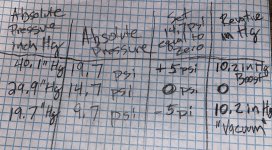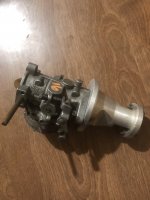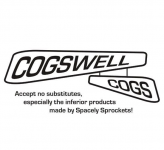Rat
Well-known member
It depends if the carb is flange mount or boot (34-38mm carbs tend to have the same butter diameter and use the same boot... not always the case with flange mounted) by all means feel free to try, I would.Makes sense. It runs pretty good now. Lots leaner. I’ll try and drive it around a bit and check the plug.
So, in the event I do go to a bigger Mikuni 36 mm or 38mm I have questions. First is, I am assuming I can’t use my current manifold. Or can I just blend it to a new larger carb? And second is round or flat slide? Looks like they are close to each other in price.
Flat slide is ALWAYS more responsive than a round so no contest





